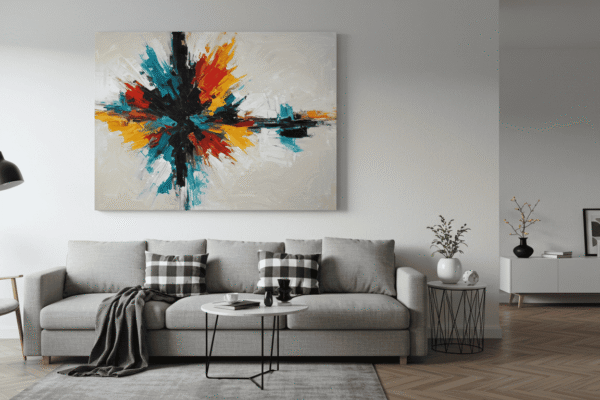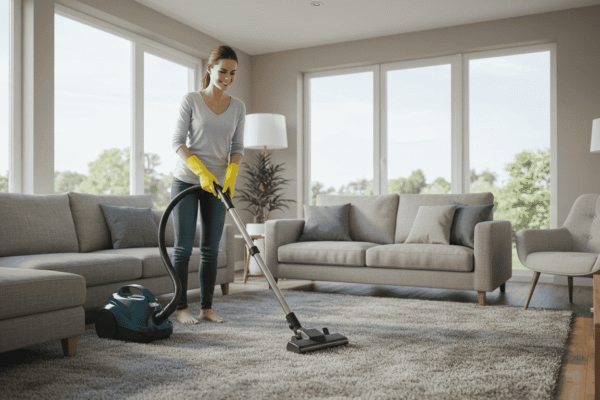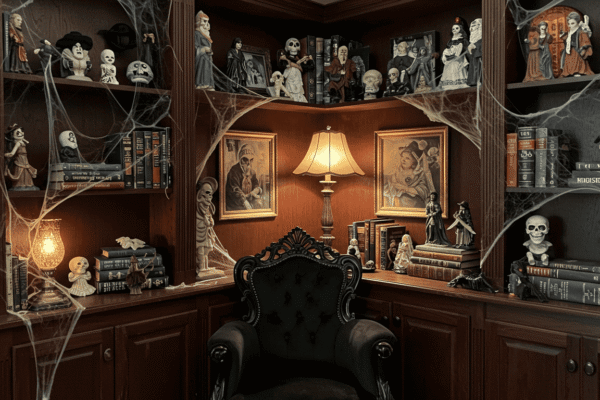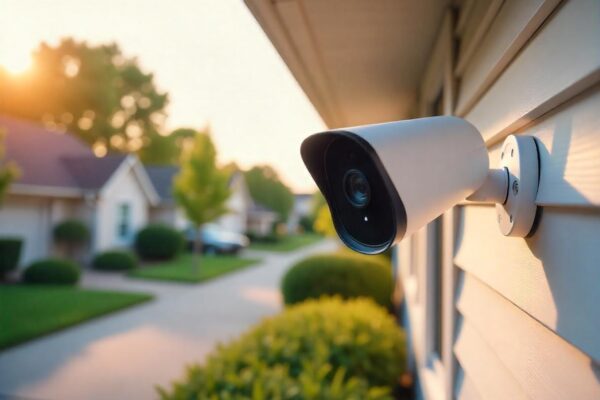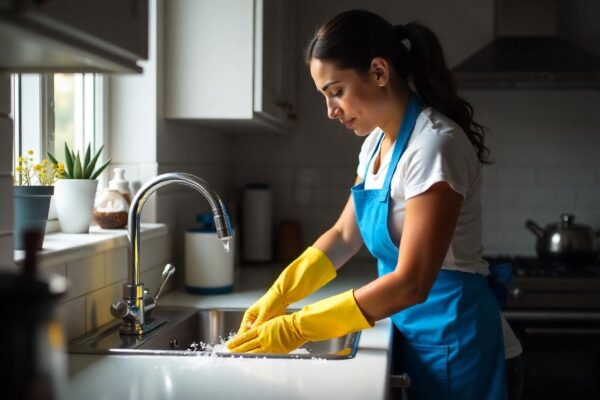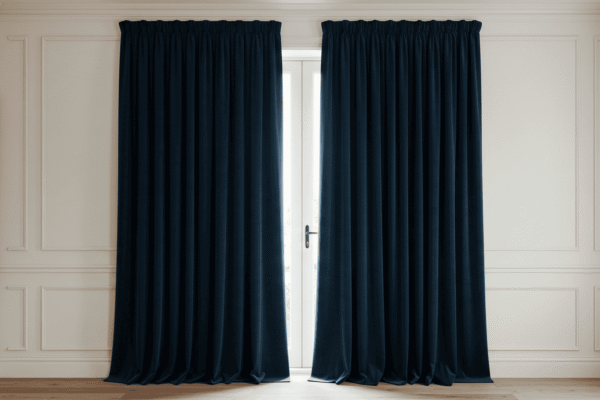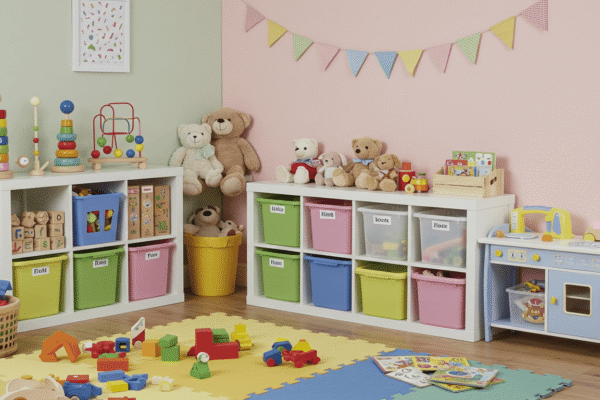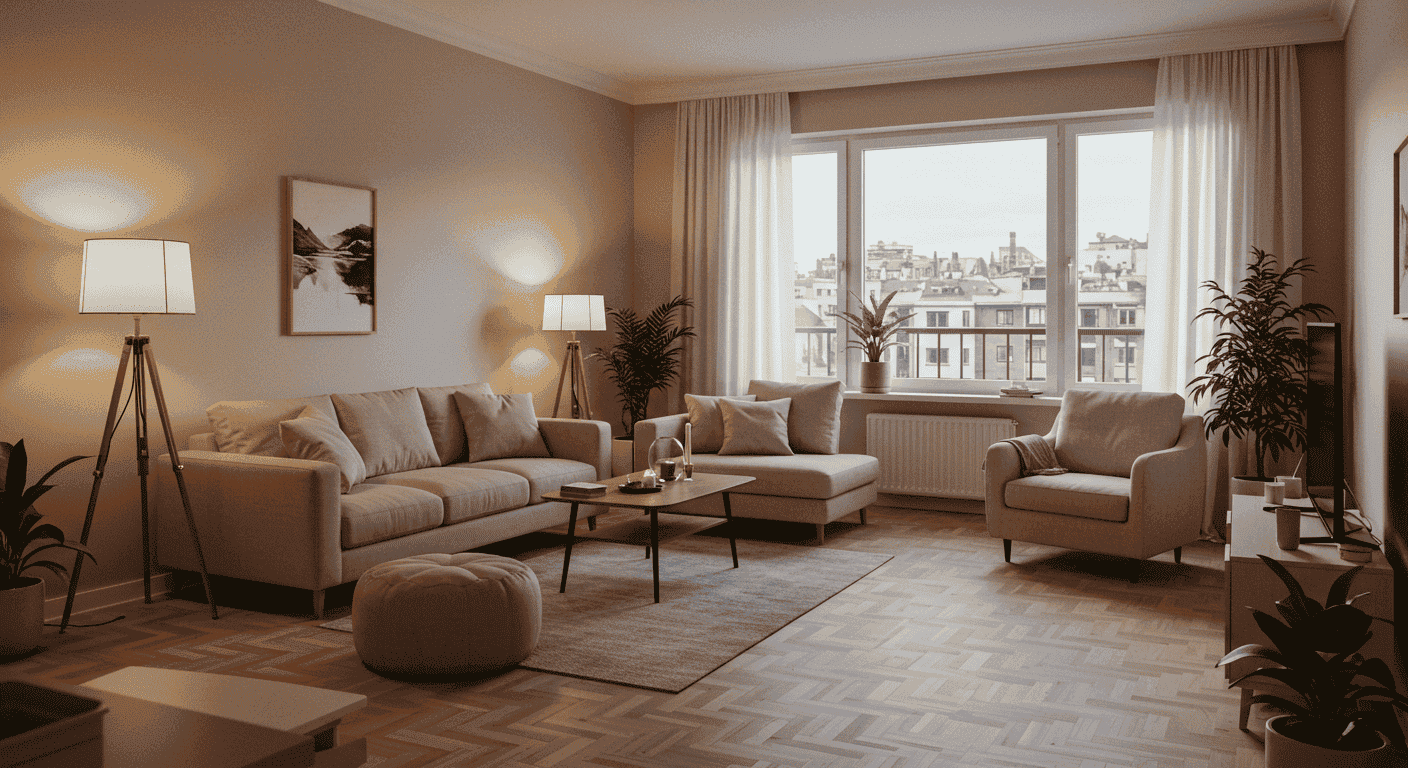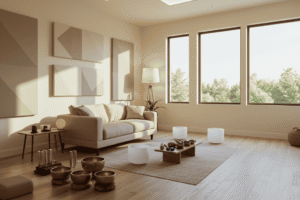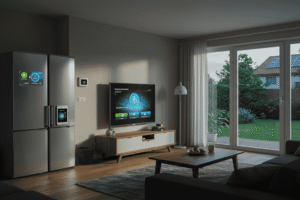First apartment checklist is your ultimate guide to making your move smooth, organized, and budget-friendly. Moving into your first place can be exciting—but also overwhelming if you don’t know exactly what you need. This checklist will help you focus on apartment essentials for first-time renters, saving you both time and money by avoiding last-minute trips and unnecessary purchases. Whether you’re figuring out what to buy for your kitchen, bedroom, or bathroom, or looking for smart moving out checklist tips, this guide has got you covered. Let’s dive in and make your first apartment feel like home without breaking the bank!
1. Why You Need a First Apartment Checklist (And How It Saves Time & Money)
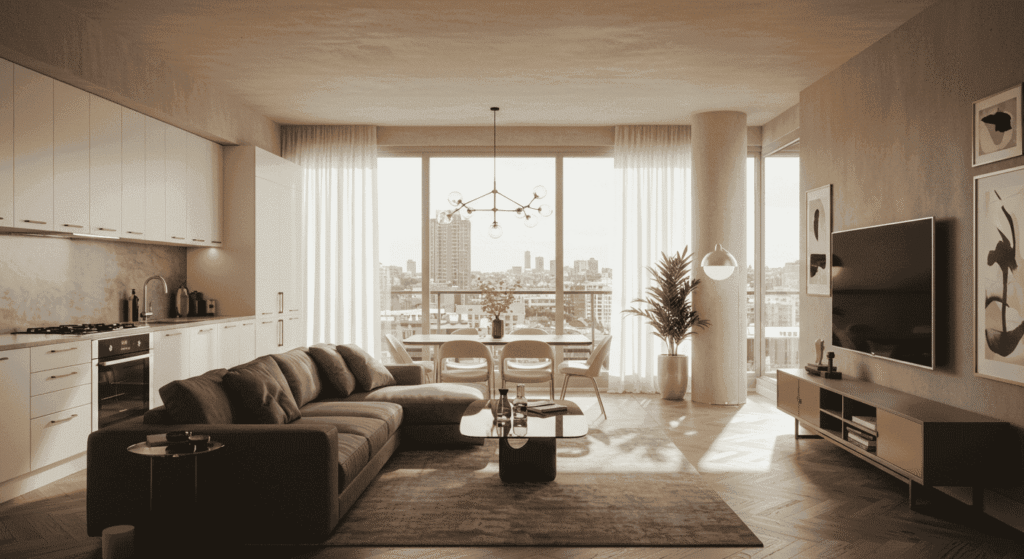
Moving into your first place is an exciting milestone, but it can quickly become stressful without the right preparation. Having a first apartment checklist is essential because it helps you stay organized, prioritize purchases, and avoid wasting money on items you don’t actually need. Without a plan, it’s easy to overlook important essentials or buy duplicates, which can add up and strain your budget. By following a detailed checklist, you can streamline your move, reduce last-minute errands, and focus on settling into your new home.
The Hidden Costs of Moving Without a Plan
Moving without a clear plan might seem manageable at first, but hidden expenses can quickly pile up. Forgetting key items often means rushing out to buy replacements at higher prices or paying for expedited delivery. Additionally, inefficient packing can lead to damages or lost belongings, which can be costly to repair or replace. Without budgeting carefully, you might spend more on temporary solutions like takeout meals or extra cleaning services. Recognizing these hidden costs emphasizes why a moving out checklist is more than just a convenience—it’s a money-saving tool.
How Being Organized Makes Your Move Stress-Free
Organization is the backbone of a smooth moving experience. When you follow a checklist for first apartment essentials, you eliminate guesswork and reduce anxiety by knowing exactly what needs to be done and when. This clarity allows you to tackle tasks in a logical order, from securing utilities to packing boxes efficiently. Staying organized helps prevent lost items and forgotten documents, giving you peace of mind throughout the process. Ultimately, a well-structured move minimizes stress and lets you enjoy the excitement of your new home.
Real-Life Stories: What Happens When You Forget Essentials
Many first-time renters share stories of arriving at their new apartment only to realize they forgot crucial items—like a shower curtain, basic kitchen tools, or cleaning supplies. These oversights can delay settling in and create frustration as you scramble to fill the gaps. For example, one renter spent their first night eating out because they had no cookware, while another had to borrow a vacuum cleaner from a neighbor weeks after moving in. These real-life examples highlight the importance of a comprehensive apartment essentials for first-time renters checklist to avoid unnecessary hassles.
2. Budgeting Smart: How to Prioritize Your Spending
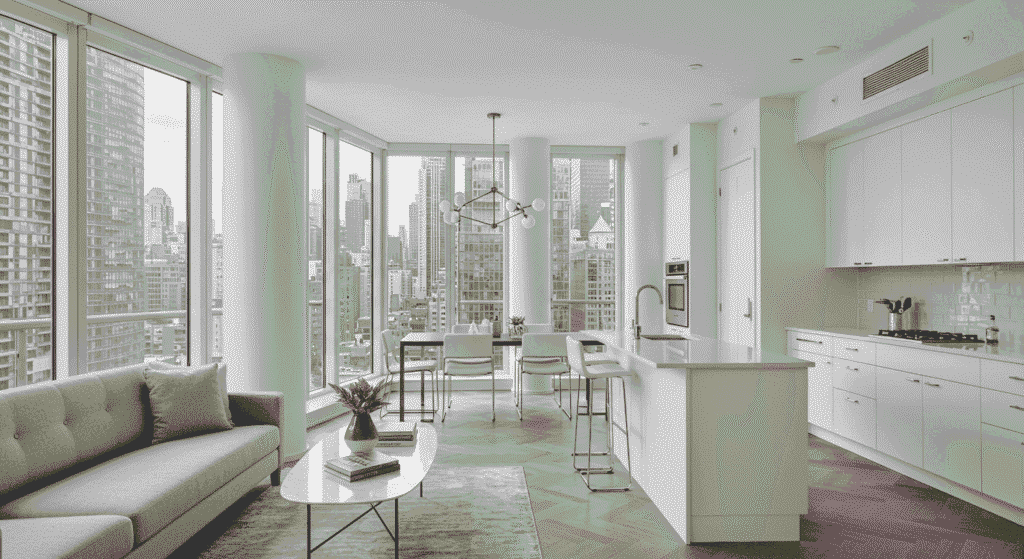
Moving into your first apartment is not just about gathering essentials; it’s also about managing your finances wisely. Creating a clear budget helps you prioritize what to buy first and avoid overspending on items that can wait. With a solid plan, you’ll focus on necessities that make the biggest impact while keeping your overall costs under control.
Categorize Your Purchases: Needs vs. Nice-to-Haves
Start by dividing your shopping list into two categories: essentials you must have from day one, and nice-to-have items that can be added later. Essentials typically include furniture, basic kitchen tools, cleaning supplies, and utilities setup. Nice-to-haves might be decorative pieces, extra gadgets, or non-urgent upgrades. This approach prevents impulse buys and helps stretch your budget further without compromising your comfort.
Building Your Budget: A Sample Monthly Expenses Table
To keep your finances on track, it’s helpful to outline your expected monthly expenses. Consider fixed costs like rent and utilities alongside variable expenses such as groceries, transportation, and entertainment. Mapping out these expenses early allows you to identify areas where you can cut back or save.
Tips to Save on Essentials Without Compromising Quality
Saving money doesn’t mean settling for poor quality. Look for versatile items that serve multiple purposes, invest in durable basics that last longer, and prioritize purchases that improve daily living. Simple strategies like buying in bulk, choosing energy-efficient appliances, and using coupons or discounts can help reduce your overall spend while maintaining quality.
3. Must-Have Essentials for Every Room (Room-by-Room Checklist)
Moving into your first apartment means setting up several spaces, each with its own unique needs. Breaking down your essentials by room ensures you don’t overlook anything important while keeping your shopping organized and efficient. Here’s a practical checklist for the key areas of your new home.
Kitchen: Cooking Made Simple
The kitchen is often the heart of your apartment, but it doesn’t need to be complicated. Focus on basic cookware, utensils, and appliances that allow you to prepare simple, nutritious meals. Items like pots, pans, cutting boards, and essential tools will get you started without overcrowding your space.
Bedroom: Comfort Without Clutter
Your bedroom should be a peaceful retreat. Prioritize comfortable bedding, adequate storage, and minimal furniture that supports rest and relaxation. Avoid overfilling the space with unnecessary items, which can quickly lead to clutter and stress.
Bathroom & Cleaning Supplies: Staying Fresh and Organized
A clean bathroom and living space are essential for health and comfort. Stock up on basic cleaning supplies like all-purpose cleaners, sponges, and trash bags, along with bathroom necessities such as towels, shower curtains, and toiletries. Staying organized here helps maintain a fresh environment with minimal effort.
4. Moving Day Survival Guide: Tips That Save Time
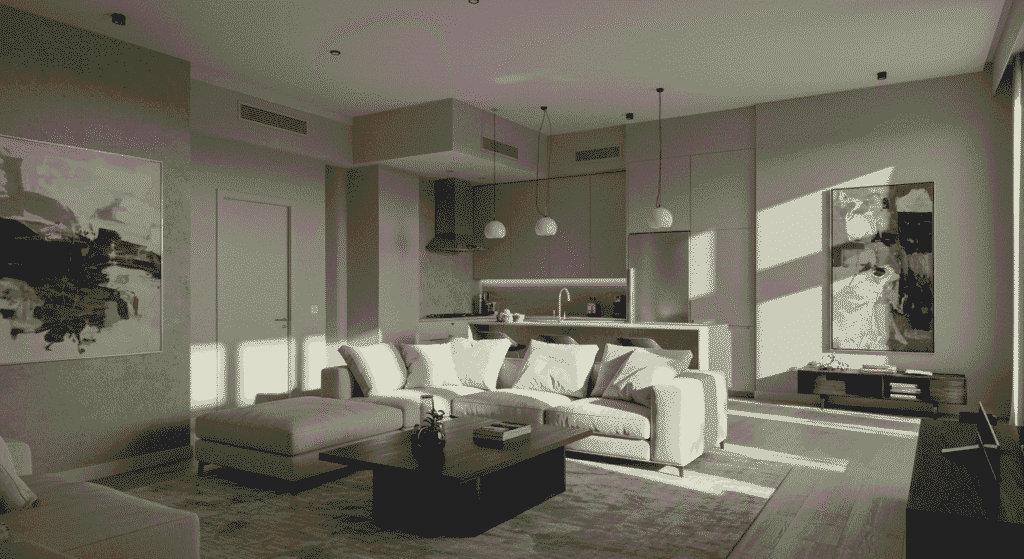
The big day has arrived, and without the right preparation, it can quickly turn into a chaotic blur. A smart approach to moving day will help you stay on schedule, reduce stress, and avoid unnecessary mishaps. With a few time-saving strategies and a clear plan, you’ll be able to transition smoothly into your new space and start settling in right away.
How to Pack Like a Pro: Space-Saving Hacks
Packing smart means more than just stuffing boxes. Use space-saving techniques like rolling clothes instead of folding, filling empty containers with smaller items, and labeling boxes clearly by room. Pack heavier items at the bottom and lighter ones on top to avoid breakage. Color-coded labels or number systems can also help you (or your movers) know exactly where everything belongs.
Essentials to Keep Handy on Moving Day
There are a few items you should never pack deep into boxes. Keep a separate bag or box of immediate essentials—things like your phone charger, toiletries, a change of clothes, basic tools, snacks, water, and toilet paper. This will save you from digging through piles of boxes when you just need the basics during your first few hours in your new place.
Managing Utilities and Important Documents During the Move
Before moving, confirm that all your utilities—electricity, water, internet, and gas—are set up and scheduled to be active on move-in day. Keep copies of your lease, identification, and any moving-related paperwork easily accessible. Digital backups on your phone or cloud storage can also come in handy in case of last-minute issues.
5. Decorating Your First Apartment on a Budget (Without Looking Cheap)
Decorating your first apartment doesn’t have to be expensive to look great. With a little creativity and planning, you can create a space that reflects your personality while staying within budget. The key is to focus on smart choices that offer high impact without draining your wallet. Thoughtful decor can turn a blank space into a cozy, inviting home—even if you’re working with limited funds.
Simple DIY Ideas to Add Personality
DIY projects are an affordable and fun way to personalize your apartment. Consider creating your own wall art, repurposing old items, or using removable decals for a stylish touch without permanent changes. Even simple things like framing photos, painting a small canvas, or crafting a centerpiece for your table can make the space feel uniquely yours.
Multi-Purpose Furniture That Saves Space and Money
Investing in furniture that serves more than one function is a budget-friendly game-changer, especially in smaller apartments. Think storage ottomans, foldable tables, or a bed frame with drawers underneath. These items reduce clutter and eliminate the need to buy multiple pieces, helping you save money while maximizing space.
Using Lighting to Transform Any Room
Lighting is one of the most underrated ways to change the feel of a room. Soft, warm lights can make even a sparse space feel cozy and intentional. Use a combination of overhead lighting, task lamps, and accent lights to create layers. Swapping out harsh bulbs for softer ones, or adding inexpensive plug-in wall lights, can instantly elevate your space without major costs.
6. Organization Hacks to Keep Your Apartment Clutter-Free
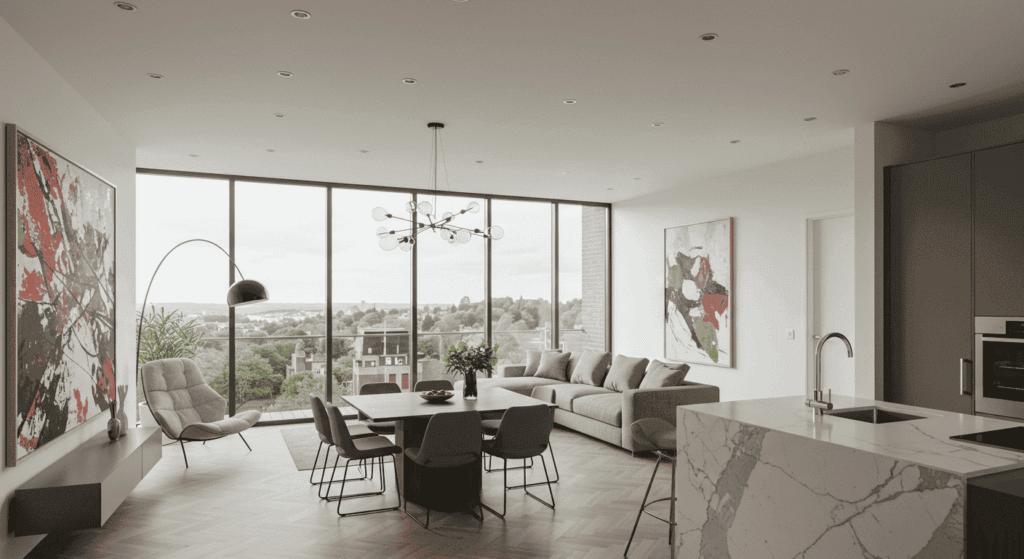
Keeping your first apartment tidy and clutter-free can feel like a challenge, especially in smaller spaces. However, with the right organization hacks, you can create a living environment that feels spacious, calming, and easy to maintain. The secret lies in smart storage, consistent habits, and using technology to your advantage.
Clever Storage Solutions for Small Spaces
Maximizing storage in a small apartment means thinking vertically and creatively. Use wall-mounted shelves, under-bed storage bins, and multi-functional furniture with hidden compartments. Drawer organizers and hanging racks can also help you keep things neat without taking up valuable floor space. Finding clever ways to store items keeps your apartment looking organized and open.
Daily Habits That Prevent Messes
Organization isn’t just about storage—it’s about routine. Developing simple daily habits, like putting things back immediately after use, wiping down surfaces, and dedicating five minutes each day to tidying up, can prevent clutter from piling up. These small actions save you from overwhelming cleaning sessions later and keep your space consistently pleasant.
Apps and Tools to Help You Stay Organized
There are several apps designed to support your organization goals, from task management and reminders to digital decluttering tools. Using apps to schedule cleaning, track chores, or manage grocery lists can streamline daily tasks and reduce mental clutter. Pairing these tools with physical organizers creates a balanced, efficient system.
7. Avoiding Common First Apartment Mistakes
Moving into your first apartment is full of new experiences, but it’s easy to fall into common traps that can cost you time, money, and peace of mind. Knowing what pitfalls to avoid helps you make smarter choices and enjoy your new home without unnecessary stress.
Overbuying vs. Underbuying Essentials
Finding the right balance between having enough and having too much can be tricky. Overbuying leads to clutter and wasted money on items you don’t need immediately, while underbuying can leave you scrambling for basics after you move in. Planning your purchases carefully with a prioritized checklist ensures you get what’s essential first and add extras gradually.
Ignoring Lease Details and How It Costs You
Many renters overlook important lease terms until problems arise. Failing to understand your responsibilities around maintenance, deposits, or move-out procedures can lead to unexpected fees or disputes. Taking time to read and clarify your lease protects you from avoidable expenses and legal headaches down the line.
Skipping Renter’s Insurance: What You Risk
Renter’s insurance is often seen as an unnecessary expense, but it provides critical protection for your belongings and liability. Without it, theft, damage, or accidents could leave you with costly out-of-pocket expenses. Investing in renter’s insurance is a small price to pay for peace of mind in your new home.
8. The Final Step: Moving In and Making It Feel Like Home
After all the planning and packing, moving day is just the beginning of making your new apartment truly yours. The final step focuses on settling in smoothly and creating a space where you feel comfortable and at ease. With intentional actions, your apartment will quickly transform from a place to live into a place you love.
Setting Up Utilities and Services Efficiently
One of the first priorities after moving in is ensuring all your utilities—electricity, water, internet, and any other services—are up and running without delay. Schedule appointments ahead of time and keep important contact information handy. This ensures you won’t face inconvenient outages or delays that can disrupt your daily routine.
Building a Comfortable Routine in Your New Space
Establishing a routine helps you feel grounded in your new environment. Whether it’s organizing your morning coffee setup, designating a cozy reading nook, or setting aside time to explore your neighborhood, small habits contribute to making your apartment feel like home. Routine also helps maintain cleanliness and order, reducing future stress.
Simple First Week Tasks to Make Your Apartment Shine
Focus on manageable tasks during your first week to create a welcoming atmosphere. Unpack essentials first, clean key areas like the kitchen and bathroom, and set up your furniture in a way that maximizes comfort and flow. Taking these steps early helps you settle in faster and enjoy your new space from day one.
Your First Apartment Checklist Is the Key to a Smooth Start
Starting life in your first apartment is an exciting adventure, and having a first apartment checklist is the best way to ensure it goes smoothly. From budgeting smartly to organizing efficiently and avoiding common mistakes, this guide helps you save time, money, and stress. By following these tips and using your checklist as a roadmap, you’ll create a comfortable, clutter-free home that reflects your style and supports your new lifestyle. Here’s to making your first apartment feel like truly yours!

